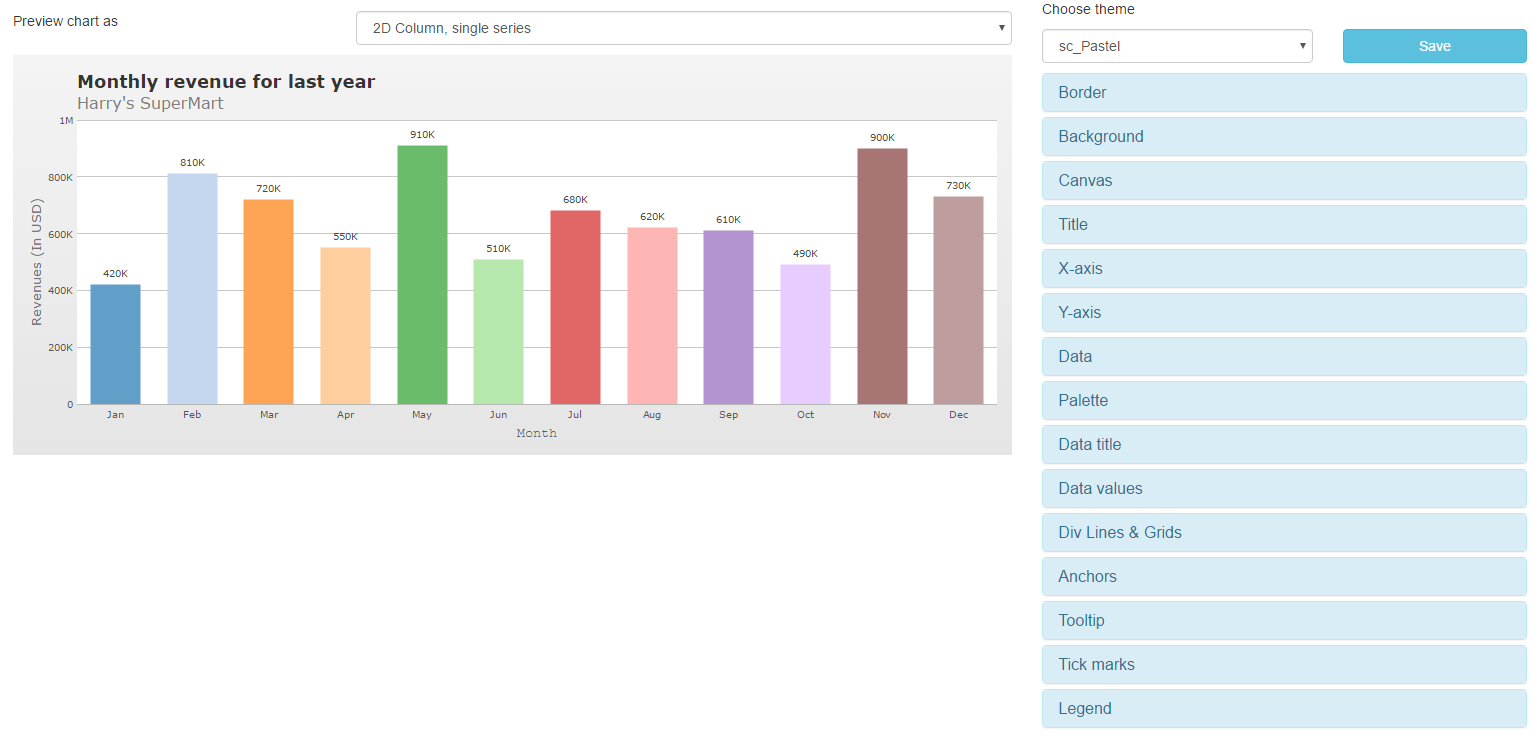
A number might have two similar digits but different values, which is decided by the position that the digit holds in the number. The value of every digit in a number is different based on its position. Place value is the value of each digit in a number. Difference Between Place Value and Face ValueįAQs on Place Value What is Place Value in Math?.The table given below explains the difference between the place value and the face value of digits in this number. Let us take an example of a number say, 1437. On the other hand, face value represents the number itself. Place value describes the position of a digit in a given number. For 52369, the face value of 3 is 3 while its place value is 300 (3 hundreds = 3 × 100 = 300).ĭifference between Place Value and Face Value.For a given number 78, the face value of 7 is 7 and its place value is 70 (7 tens = 7 × 10 = 70).If 4 is the given number, the face value of 4 is 4, and the place value of 4 is also 4 (4 ones = 4 × 1 = 4).Let us understand this using the following examples.

Whether the number is single-digit, double-digit, or any number, each digit has its face value. The face value of a digit in any number is the digit itself. While referring to these charts for solving a problem, we can directly place the digits in their respective position according to the one in the number and evaluate their place values accordingly. These charts have place values printed in a tabular form across blank spaces for each digit in a number. Memorizing and solving problems on place value systems becomes easier using a printable place value chart. Observe the International place value chart given below which shows the place value of digits till hundred millions. For example, observe the commas in the following number: 135,912,332. In this place value chart, the numbers are grouped into periods of ones, thousands, millions, and so on and they are separated by a comma after every 3 digits, starting from the right. The International numeral system is used worldwide in which we count in the order of ones, tens, hundreds, thousands, ten thousands, hundred thousands, millions, and so on. Observe the Indian place value chart given below which shows the place value of digits till ten crores. For example, observe the commas in the following number: 5,43,13,62,283 This means starting from the right, the first comma is placed after 3 digits, then the next commas are placed after every 2 digits. These numbers are separated by commas following the rule of 3:2:2. In this place value chart, a 10-digit number is grouped into periods of ones, thousands, lakhs, crores, and so on. The Indian place value chart is a table that is used to find the value of each digit in a number based on its position, as per the Indian numeral system.

The main difference between the Indian and the International numeral system is the placement of the separators (commas) and the nomenclature of different place values. The Indian place value chart is based upon the Indian numeral system, while the International place value chart is based upon the Internationally accepted numeral system. We can refer to the International or Indian place value chart based on the numeral system that both the charts follow. There are two types of place value charts that are most commonly used: In order to make the process easier, the larger numbers are divided into periods that are separated with the help of commas. To identify the positional values or worth of different digits in a number accurately, we first write the given digits in the place value chart to check their position.

A place value chart displays the correct position or place of a digit in a number. Warning: A non-numeric value encountered in C:\xampp\htdocs\epard\cart.Place value charts help us to make sure that the digits are aligned in the correct places.


 0 kommentar(er)
0 kommentar(er)
